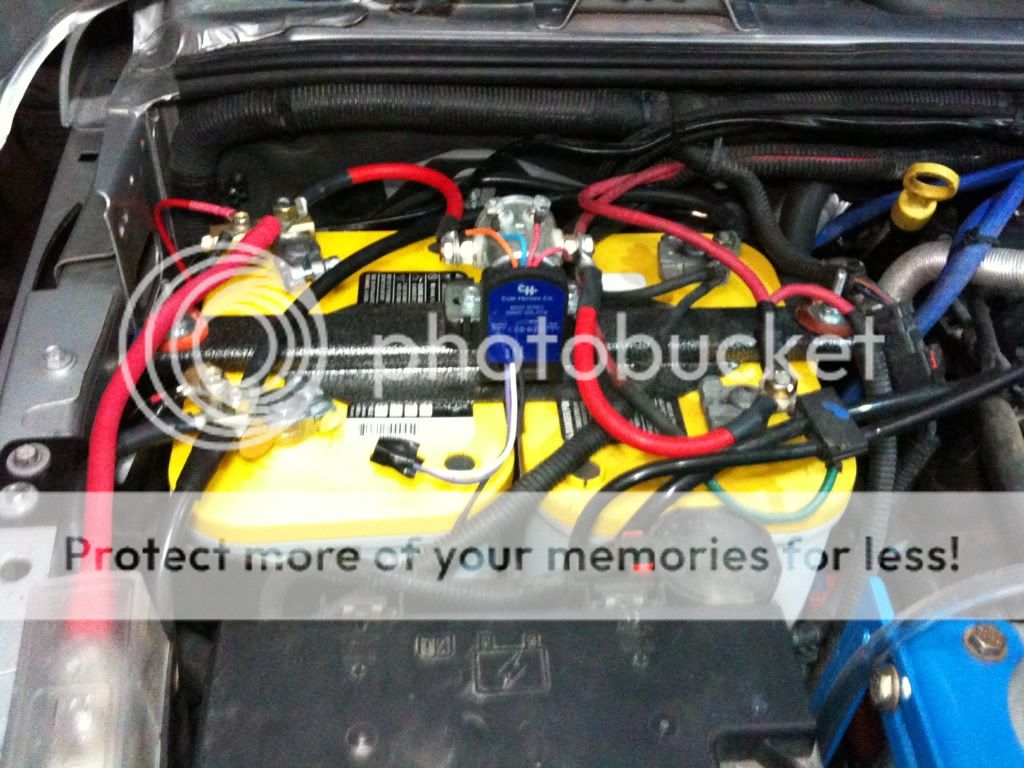

Once the installation is finished, all you need to do is switch your battery to ON when you arrive and OFF when you leave. Perfect for use in either a 4WD or boat, as they are often exposed to various elements and environments. Additionally, this helps to prevent corrosion. Tin-plated copper studs are used to provide maximum conductivity. Now your switching can be simplified, your engine isolated, and circuits housed. It will also automatically isolate the batteries during engine cranking and when there is no charging.īecause of this technology, the charge between two batteries can be shared more efficiently than standard isolators. Thanks to the 12/24V DC 120A charging relay, batteries automatically combine during charging. Options include OFF with the arrow pointing straight up, ON pointing to the right, and combined pointing down. The switch itself is a large rotary dial with clear labeling. The package consists of a separate switch and isolator unit. This system can be used with both cars and boats for providing that all-important backup. The Add-a-Battery can act as both an on/off switch or manage switching and charging of two batteries from a single charge source. Ja圜orp True Smart 140A – Best Simple 12V DC Dual Battery Isolatorġ Blue Sea Add-a-Battery 120A – Best 12V DC Dual-Battery Isolator with Switch.KeyLine Chargers 140A – Best Complete 12V DC Dual Battery Isolator Kit.WirthCo Battery Doctor 150A – Most Versatile 12V DC Dual Battery Isolator.Blue Sea Add-a-Battery 120A – Best 12V DC Dual-Battery Isolator with Switch.Don't expect anything to conduct 500+ cranking amps but copper. I use terminal blocks which are without a doubt the best. This type also comes with a hardwired or wireless remote to override the isolate function.Īlways have a common tie point for connections the motor would work. It allows the system to only disconnect after the voltage meets a certain voltage threshold. Type 1 is the type that isolates the battery when the key is turned off. The actual needs are pretty rare.īe sure to look into the different types of isolators. Exceptions to that rule would again be a winch or Plow that would use short burst of power then you need the extra lead.Īs you can see when you start to justify the isolator by function it has very limited use & under some circumstances could restrict function.īasically without knowing function it's really hard to say whether you need one or not.

It will do everything it can to keep from discharging the battery for any reason. If that is the case the alternator is too small. Remember the only reason the electrical system would pull from the alternator on a running truck is because the alternator is not big enough to operate the load. Although you should run the engine while winching if you don't because of the isolator you would only be able to operate on one battery. Dual batteries & no isolator would be the deal. That point is moot if you're thinking of running a really large winch. One battery & a big alternator is all you need. If you intend to operate maximum power only with the engine running. So with that in mind the dual battery Isolator is a waste of time & $$$$. An alternator is designed to actually run the vehicle instead of the batteries once the engine is running. the CS 144 is capable of powering the system with it's maximum output without dual batteries. Now 1st for consideration should be alternator physics. They are great for battery drain But when you have no battery drain they don't do anything at all. Some Isolators disengage when the voltage reaches a disconnect point. Under normal condition the isolated battery means if you are going to be looking for power with the key off you will only have one battery to pull from so the dual battery would lo be disconnected because of the isolator. There are several different isolators functions. The isolators primary function is to ensure one battery stays charged if you have a drain or while you key is turned off. If you want raw power for winching then the isolator will be unwarranted.

Isolators have their place but are detrimental in other applications If you don't have or intend to have battery drain functions while not running then the isolator is unwarranted. This is all predicated on what you intend to do with the rig.


 0 kommentar(er)
0 kommentar(er)
